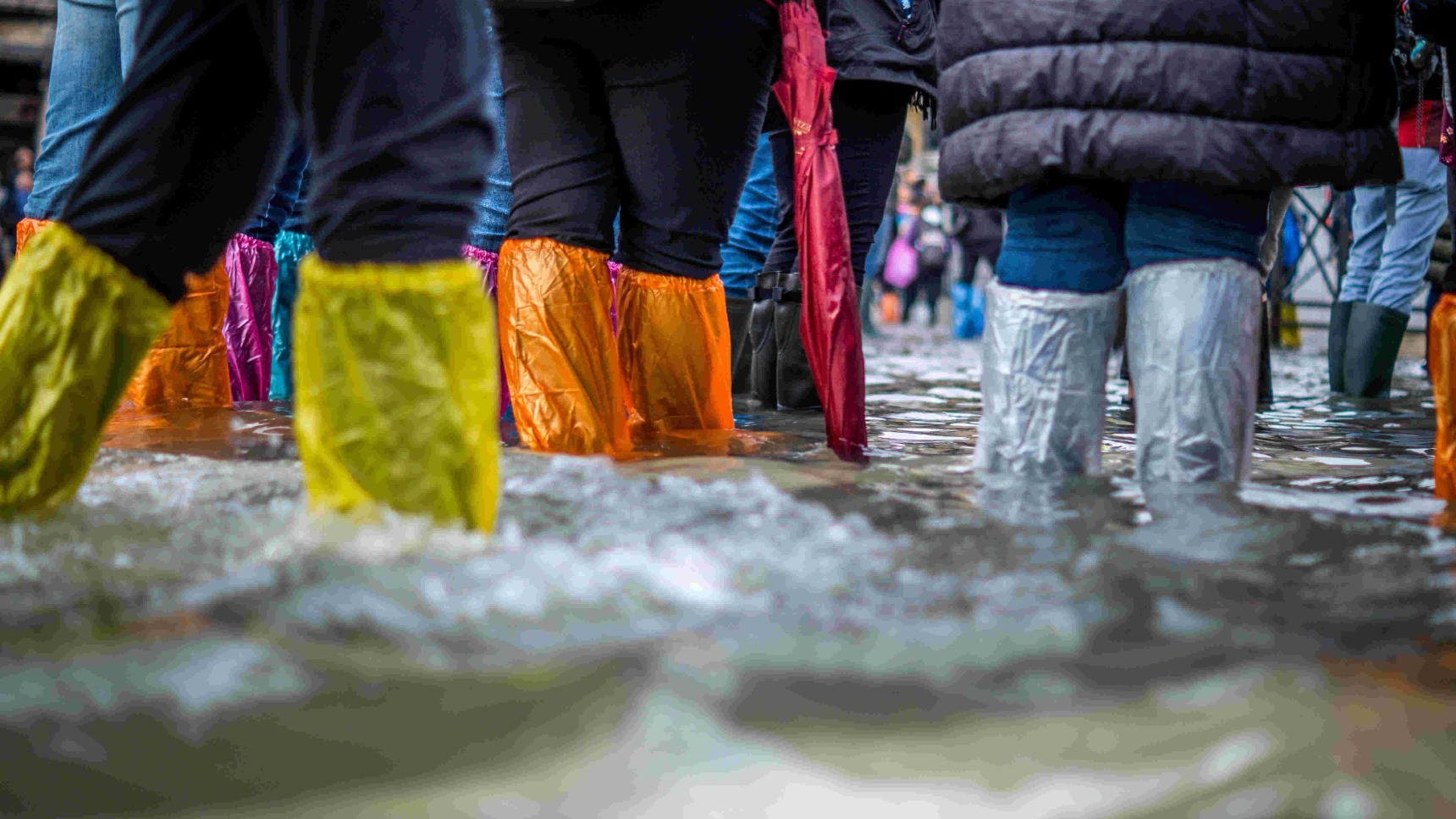Recent Floods in Italy
A topological perspective on the recent floods in Italy.
Topological Perspective
From a topological perspective, floods are a complex phenomenon with many causes, including land development and ground conditions. While linking the climate crisis to a single flood event requires extensive analysis, human-caused changes are already leading to heavier rainfall in many storms and are an increasingly important part of the mix.

Recent Floods in Italy
Recently, heavy storms wreaked havoc in the northern Italian region of Emilia-Romagna, causing severe flooding and landslides. People sought refuge on the rooftops of their homes after 21 rivers broke their banks, submerging entire towns. The worst-affected area has been Emilia-Romagna and parts of the central Marche region.
Floods and rivers have a circular causality relationship. While recent increases in flooding across the world have been partly attributed to a range of atmospheric or landscape drivers, one often-forgotten driver of changes in flood properties is the variability of river conveyance capacity. This paper proposes a new framework for connecting flood changes to longitudinal variability in river conveyance, precipitation climatology, flows and sediment connectivity.